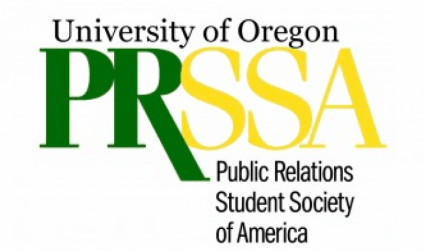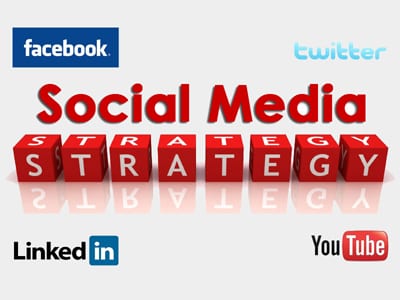By Talia Smith
Last year I was living in Portland, dead in the middle of a PR internship search. I applied to companies of all sizes – large corporations such as Edelman, midsize agencies such as Matter Communications, and small, boutique firms where I found the most success. When I shifted my attention to smaller firms, I noticed actual people were picking up my phone calls and responding to my emails.
Three interviews later, I landed an internship at Veracity. The boutique PR firm is owned by Amy and Mike Rosenberg, both UO alums. Their quaint office is tucked away in the stylish Bakery Building in Northeast Portland. For six months, I worked side by side with Amy and Mike, trying to soak up their knowledge about the field of PR.
One of the many things I learned during my internship is bigger is not always better when it comes to employment. I encourage anyone in my similar situation to seek out a boutique PR firm to intern. Here are four reasons why:
You can create meaningful relationships with your mentors.
When you work closely with your employers, you can’t help but get to know them on a deeper level than you otherwise would at a large agency. You have an ability to shine and be seen since, well, there are not as many people in your way. At a large firm, you won’t have the ability to interact with the president of the company on a daily basis. After producing good work and proving yourself to be a valuable intern, you can be assured that you will always have a great reference, letter of recommendation and networking connection. It is wonderful to have someone you can count on to speak highly of you.
There is a likely chance your internship will turn into a job.
All the lovey-dovey stuff aside, PR firms invest a lot of time and energy into their interns and they want a return on their investment. It is in their best interest to hire someone full-time who already knows the ropes of the company. Why would they want to hire someone in need of training when they could hire someone who has already been trained? Larger firms have more funds to test out interns whereas small firms won’t take on anyone who they can’t see working at the company in the future.
You might work directly with clients and media.
With the intimacy of a boutique PR firm comes trust and responsibility when it comes to client and media relations. You cannot necessarily say the same of an entry level position at a large firm. There is no better way to tighten up your email and phone etiquette than calling up a client or reporter on a regular basis.
When you communicate with reporters regularly, you create media relations that carry with you to your next job. Reporters tend to pick up press releases from familiar writers who take the time to understand their beat. A large portion of my internship was customizing emails and matching press releases to the right reporters. At larger firms, media relations can turn into spam at times with automated email pitches. Learning the essential skill of client and media communication is valuable.
You will have the opportunity to create tons of portfolio pieces.
Nothing looks better in a portfolio than an actual writing sample used by a client. In smaller firms, there is plenty of work to go around and a lot of it will fall on you. There is a good chance that you will have the opportunity to write pieces that end up in newspapers, magazines, blogs or social media posts. The work you produce is real and holds weight in a portfolio over something written for a school project. There is more work to dish out to other people in larger agencies but you have to be more of a jack-of-all-trades in a boutique firm – the result will be an array of diverse profile pieces.
As you’re starting to think about summer internships, I recommend starting your search with boutique PR firms. Be aware that many small firms do not post internships online – it’s up to you to create your own position and pitch yourself. This is really only a possibility at boutique firms.
Start by researching and making a list of the firms in your area then give them a call. Once you get someone on the phone, ask if they would be interested in hosting an intern. Practice your pitch and make it direct. Either they will say no and you can move on to the next firm on your list or they will say yes and ask you to send your resume. Make sure to remember the name of the person you spoke with on the phone.
Take some time to research the firm and create a customized cover letter. Then compose an email saying, “Hi, I spoke to so and so on the phone and they told me your firm might be interested in hosting an intern.” Attach your cover letter and resume and wait for a reply email or phone call. I guarantee, there will be a few firms who never invited the possibility of hosting an intern until it was presented to them. Who doesn’t need extra help and cheap labor?
Take control of your internship search by narrowing your choices to the boutique PR firms in your area. It worked for me and it will work for you too. The skills and hands-on experience you will gain in a boutique PR firm could land you a job with the company or act as a stepping stone to your next exciting career move. You know what they say: good things come in small packages.










 Connie Chandler, a public relations instructor in the School of Journalism, gives us her top-three reasons to build relationships with our instructors on campus.
Connie Chandler, a public relations instructor in the School of Journalism, gives us her top-three reasons to build relationships with our instructors on campus.




